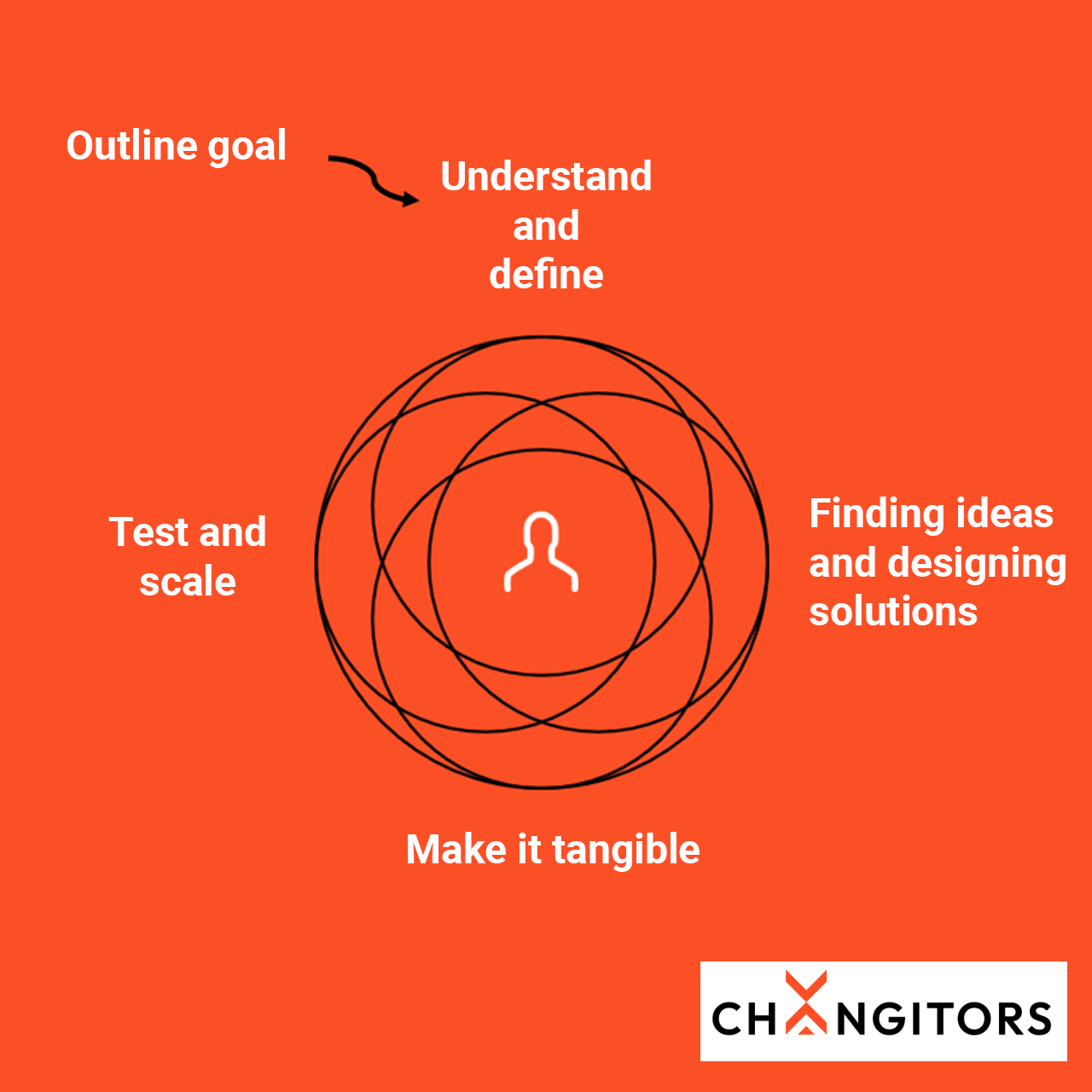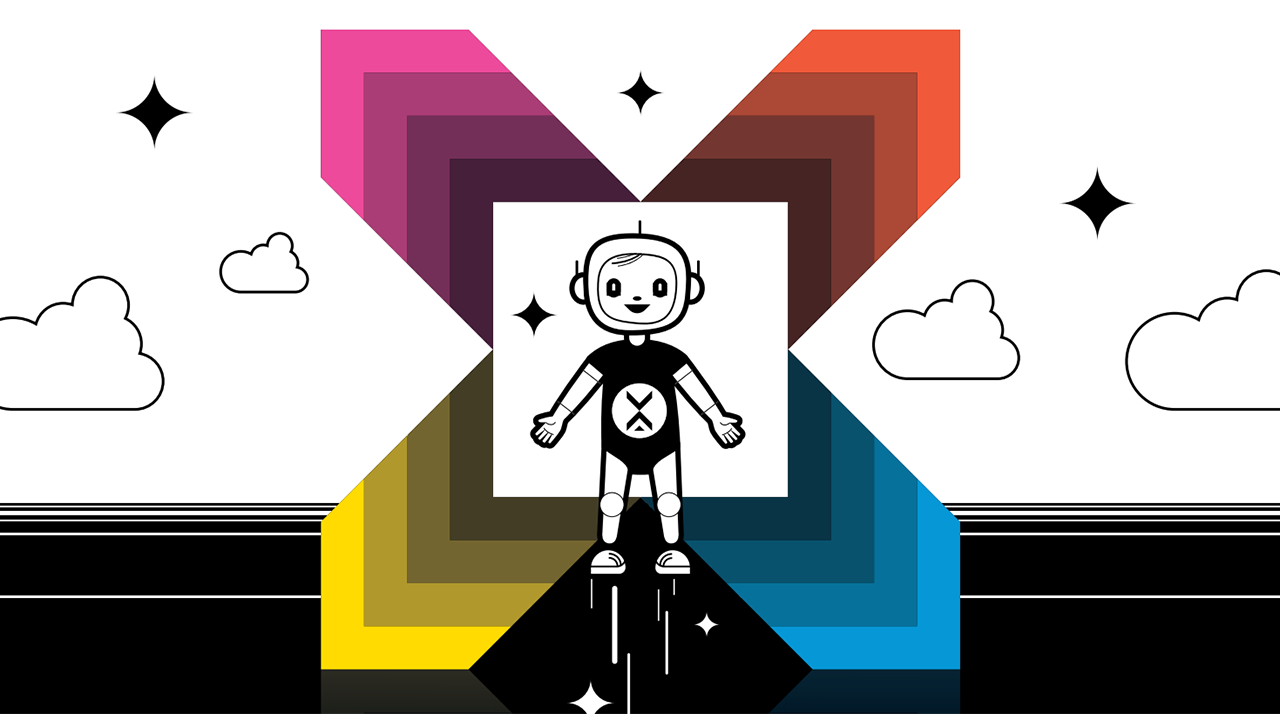22.07.2025
Successfully shaping change with Human Centered Design and Behavioral Design
Change is not a luxury, but a survival strategy. Because Technological change, high customer expectations and strong competitive pressure make change essential for companies. They break up rigid structures and entrenched patterns and unleash innovative strength and employee commitment. If you do it right…our ChangeXperience changers are now pooling their years of practical experience. The result is a human-centered and well-founded method that combines Human Centered Design (HCD) and Behavioral Design (BD). Find out how change can be transformed in five steps from a “project on the side” to an organizationally anchored process in your organization.
Our approach to mastering digital transformation
Human-Centered Design (HCD) focuses on people, while Behavioural Design (BD) translates findings from psychology and behavioral economics into concrete measures. Together, they make it possible not only to change processes, but also to establish sustainable new behavior. This is our ChangeXperience.
Why change is essential for companies
- Ensuring competitiveness: New technologies and business models require continuous adaptation.
- Strengthen employee loyalty: Those who are actively involved in changes develop loyalty and identification.
- Increase customer benefit: Customer needs change quickly – companies must react with agility.


ChangeXperience: Five phases for effective UX integration
Effective change
A change process that combines HCD and BD is not only people-centered, but also based on behavioral science – and therefore significantly more effective than traditional top-down approaches. The precise definition of target behavior, combined with iterative prototyping and behavior-oriented interventions, creates sustainable change:
- Insight: Genuine involvement promotes acceptance
- Success: measurable changes in behavior become possible
- Culture: New routines and rituals become part of everyday life
With advancing digitalization and new findings from behavioural research, human-centric development can be continuously expanded. Companies that follow this path today are laying the foundations for continuous innovation and the ability to change tomorrow.

The authors
Lisa Reimer has been a Senior User Experience Consultant for over 15 years, supporting clients from various industries on their journey from the idea to the finished product or service. She primarily designs and evaluates suitable user interfaces. She also enables project teams to work innovatively and agilely. She uses the co-creative process LEGO® SERIOUS PLAY®, for example, to promote new processes and ideas and to make collaboration inspiring. As a speaker at various events, Lisa passes on her knowledge of environment design and digital transformation.

Philip Zettner is a User Experience Consultant at UID. His current focus is on the enterprise, industry and medical sectors. Philip is an expert in behavioral psychology and behavioral design. The information designer (Stuttgart Media University) has experience in all phases of user-centered interface design, with a focus on research and concept.

More on the topic
- Get to know our Changitors
- UX Strategy at UID
- Strengthening UX integration with MatchMAXing
- Subscribe to UID Newsletter


